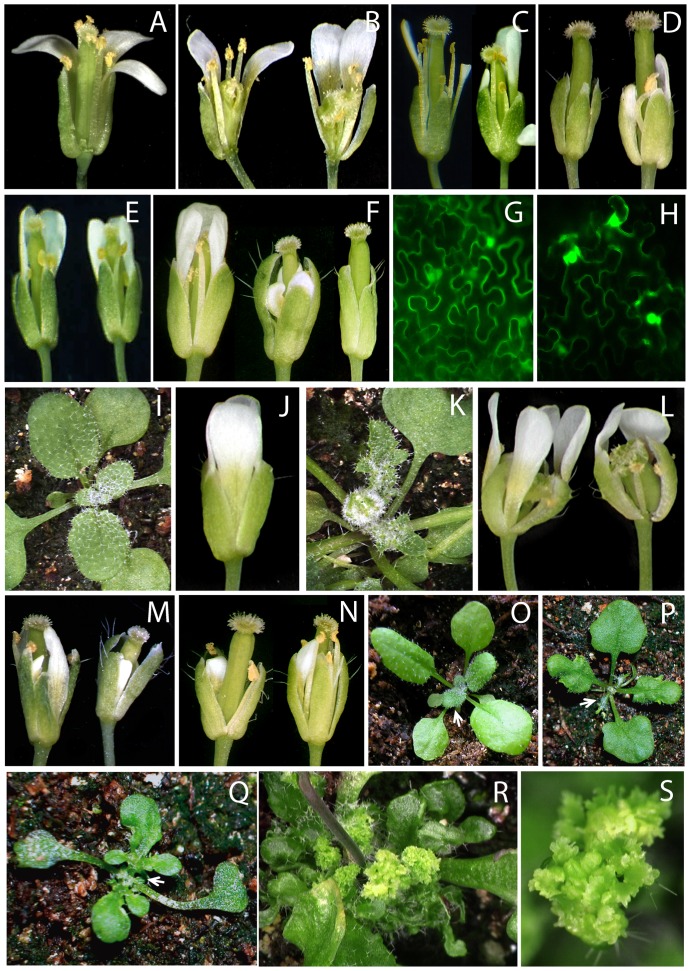Figure 1. Phenotypes of Arabidopsis lines overexpressing UFO and its variants.
(A-L) Interaction with ASK1 is required for the nuclear function of UFO. (A–F) Phenotypes of Arabidopsis flowers from WT (A) compared with flowers from the following transgenic lines; p35S:UFO showing abnormal development of the gynoecium and the style (B); ask1-1 (C) and ufo-1 (D) showing fewer stamens; ask1-1 p35S: UFO showing normal gynoecium development (E); p35S:UFOdelF with weak, medium and strong ufo-1 mutant-like phenotypes (F). (G, H) Transient expression of p35S:YFP (G) and p35S:UFO-YFP (H) in Nicotiana benthamiana epidermal cells. Accumulation of UFO-YFP in the nucleus; (I–L) Respective uninduced controls (I,J) and dexamethasone induced (K,L) Arabidopsis plants and their flowers expressing UFO-GR. Nuclear translocation of the UFO glucocorticoid receptor fusion in the presence of dexamethasone resulted in leaf serration and floral defects reminiscent of the plants transformed with p35S:UFO (B). (M–S) UFO fusions with the engrailed (En) transcriptional repressor domain and with the VP16 transactivator domain. (M) p35S:En-UFO and (N) p35S:En-UFOdelF flowers showing strong phenotype. (O–Q) 3 week-old rosette plants of WT (O), p35S:UFO-VP16 showing medium (P) and strong (Q) phenotypes. Arrows indicate delayed leaf expansion. (R) p35S:UFO-VP16 in sgs2-1 mutant background showing strong phenotype with proliferative rosette leaves (R). A close up of the ectopic floral organs formed on the leaf tip is shown in (S).

